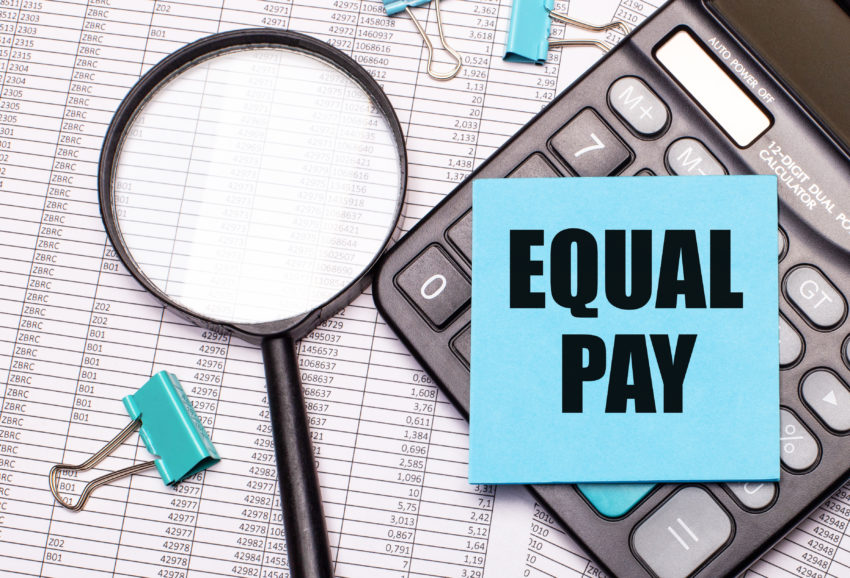From submission confusion to declining female figures in the workplace, there could be many reasons why UK businesses are failing to submit their gender pay gap reports this year.
To address the earnings imbalance between male and female workers, the Government requested that private-sector companies with a headcount of 250 employees or more should publish their gender pay gap data in 2017. However, the numbers of eligible businesses filing reports this year have fallen by half. Could they be hiding some bad figures?
Gender pay gap reporting this year
By January 27, only 362 businesses had submitted reports, and with the deadlines (March 30 for public sector firms and April 4 for private sector businesses) around the corner, it could set transparent reporting and gender pay inclusion in businesses back for some time.
Last year, the Government gave businesses a break on reporting due to COVID-19. With it back in force in 2021, they released more information and said that furloughed staff should be included in reports while “gender pay gap and salary quartile bands should be calculated based on full pay.” The Government also said furloughed staff should only be excluded if their employer didn’t top up their salaries.
With submission figures so low shortly before the 2021 deadline, has the Government done enough to make businesses aware of who should be included in their reporting during COVID-19? Pay gap analysis company Spktral thinks it hasn’t and has provided some advice for confused employers:
“Organisations we speak to tell us they don’t believe they have to report their gap this year because of furloughed employees. Some think having furloughed employees takes their headcount to below 250, and so it excludes them, while others think that if all staff are furloughed, nobody needs reporting.
The fact is, both beliefs are incorrect. Although furloughed employees can be excluded for the pay gap part of the report – providing they received zero or less than normal pay due to being on furlough – they are still eligible for the bonus gap part of the report.”
COVID-19 and confusion over reporting data
Indeed, low submissions could be down to reporting confusion this year over indifference about gender equality issues. Last year when the coronavirus pandemic was just beginning, gender pay gap report submissions were up by 6%, (795 reports) from 2019 figures, (748 reports). While businesses were not obliged to submit their data due to COVID-19, the fact submissions were up showed a growing desire to be transparent and highlight gender inclusion issues beyond paying lip service to government rules.
Are companies nervous to report falling female figures?
There could be another reason for low submission levels this year. Economically speaking, COVID-19 has impacted women greatly. From their high levels of representation across COVID-hit industries such as hospitality to those leaving full-time employment due to struggles balancing work and caregiving and low employment figures for women in late 2020, they have been one of the pandemic’s biggest victims. Therefore it may not be surprising that some companies might be holding back on their data if significant numbers of the female staff were furloughed, made redundant, or have electively left work during this time.
Responding to the findings, Agata Nowakowska, AVP EMEA at US e-learning firm Skillsoft said: “Resolving gender disparity is complex and is made more so by the severity of the global crisis. Whilst employers have understandably shifted their focus to business survival, it is important they don’t lose sight of their gender pay goals.
“Pay gap reporting, in usual circumstances, enables companies to actively recognise and work towards improving the gender pay gap, acting as a benchmark for the entire organisation. But it also goes further, helping employers show their workers they are supported and that the organisation remains conscious of their role in working towards equality.
“With women over-represented in sectors (such as the service industry) hit hardest by the pandemic – and bearing the brunt of childcare and caring responsibilities as lockdowns continue – it is more important than ever that employers stand up and address the pay gap head-on.
“Employers must ensure every employee has the opportunity to expand their role towards higher-paying positions. This could mean reviewing how your organisation views maternity and paternity leave, addressing unconscious bias, or facilitating professional development. Above all, it’s about making a continued, concerted effort; meaningful change cannot occur overnight.”








